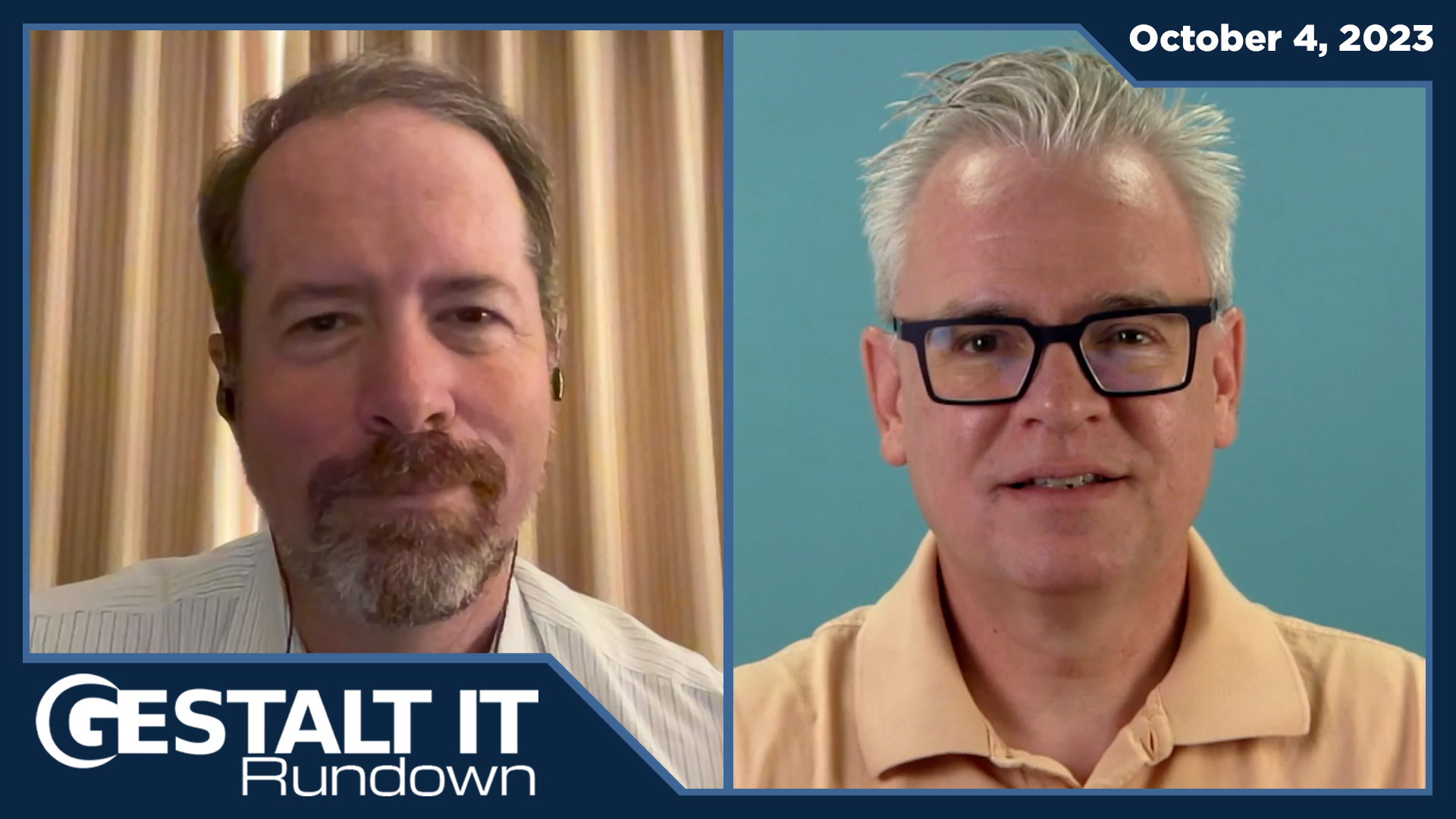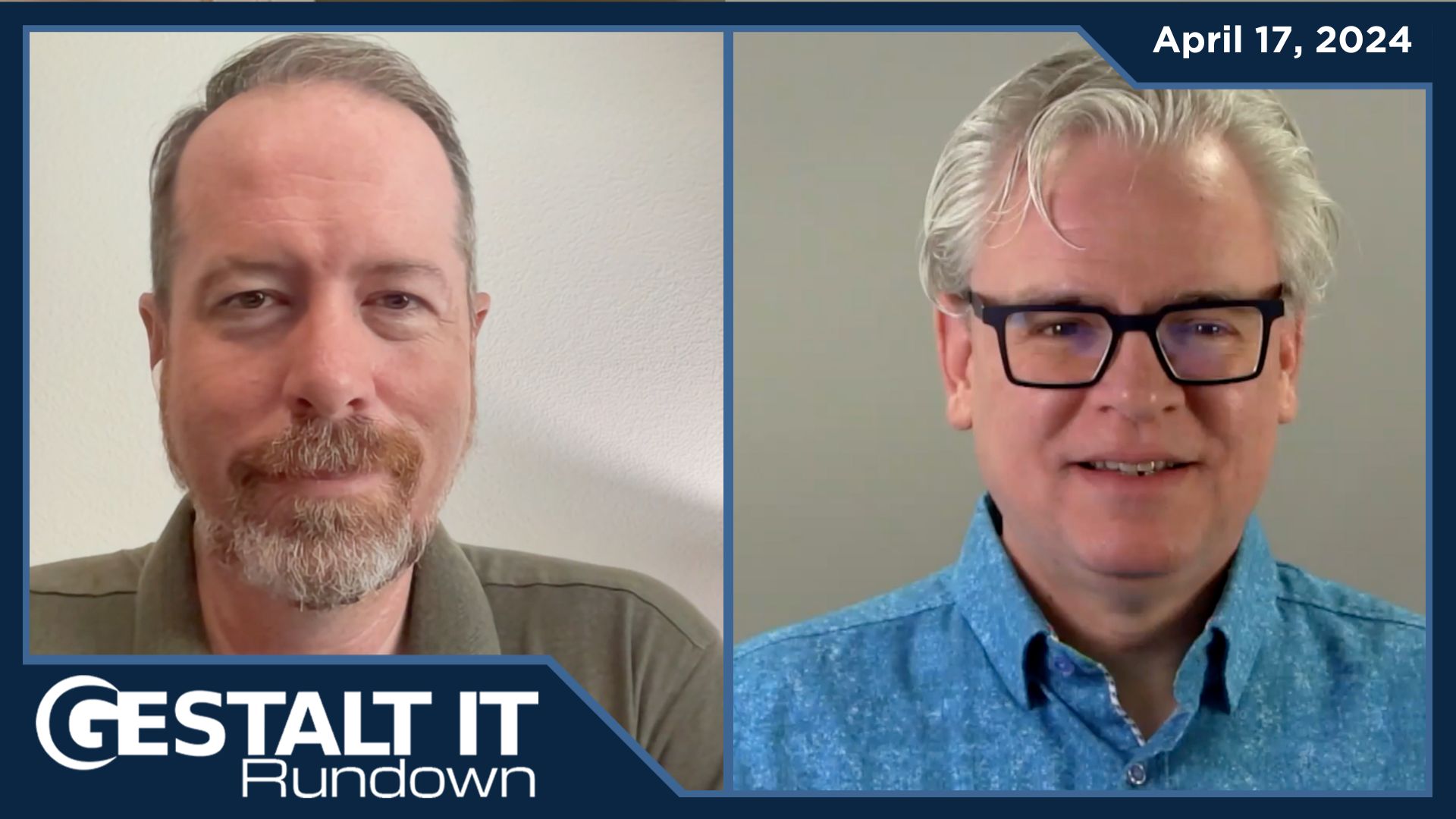Cloud Computing was supposed to bring forth a new age in business. The rapid elasticity of resources and consumption based pricing meant that business and application developers could react quickly to demand. The ease of implementing new services and functionality fit well with the growing DevOps movement and allowed a much more rapid pace of application development. What could go wrong with this new model of enterprise IT? As it turns out, quite a few things.
The Fragmentation Problem
As enterprise IT departments were slow to adapt, business stakeholders just went out and bought the services they wanted anyway creating the issues that shadow IT brings such as lack of data governance and uncontrolled costs. Even when access controls, security policies, and cost controls are properly implemented what about data protection and disaster recovery? Many people make the incorrect assumption that cloud services will protect their data and make their applications highly available which is often not the case. And let’s not forget about data fragmentation. What if you’ve move a dataset into the cloud to process it for AI and ML, only to find out that a copy of the same data has been modified on-premises and is now out of sync?
Data management in the age of hybrid and multi-cloud has become an exercise in frustration for many an enterprise IT manager and administrator. The previously mentioned fragmentation is difficult to manage, especially when relying on multiple solutions to do so. Recently at Cloud Field Day 5, attendees had the opportunity to hear from Cohesity about how they are enabling data management in a hybrid-cloud enterprise.
A Data Management Platform for Hybrid IT
Cohesity believe’s their platform is something of a Swiss Army knife for data, or to borrow an analogy from Cohesity Field CTO Rawlinson Rivera, a smartphone. The platform is designed to collapse many functions that were previously only provided by multiple discreet data management tools into a single platform, interface, and set of APIs.
As a relatively new company, Cohesity’s platform has matured very much in the past several years. Since its beginnings as a scale out secondary storage platform many features and functionality have been added to chase the vision of a single platform for hybrid cloud data management. Beyond a means to replicate data between private and public clouds, features such as data protection of both private and public cloud workloads, protection of SaaS applications such as Office 365, and even a native service on Google Cloud Platform (GCP) are markers in Cohesity’s progress to a data platform for modern enterprise IT.
The consistency of experience that is provided by having a unified platform like Cohesity is the real value here. It’s entirely possible to go out and buy multiple products that will duplicate each of Cohesity’s functions just as well, if not better. But such an approach will result in the same fragmentation mentioned earlier. Multiple skills or even teams will be needed to adjust to the UIs and APIs of the multiple solutions, not to mention their individual quirks. In an age where business outcomes are the most important directive of an IT department, this is counterproductive.
Ken’s Conclusion
The hybrid cloud has become a reality for enterprise IT and has brought with it complexity and fragmentation. We have seem multiple products emerge in recent months and years that attempt to unify the experience between public and private clouds, particularly in the area of compute infrastructure. When it comes to data management and consistency in the context hybrid clouds there have been very few, if any, complete solutions. Cohesity’s growth and progress towards the vision of a hybrid cloud data management platform is getting closer to a reality as the company and product mature.




